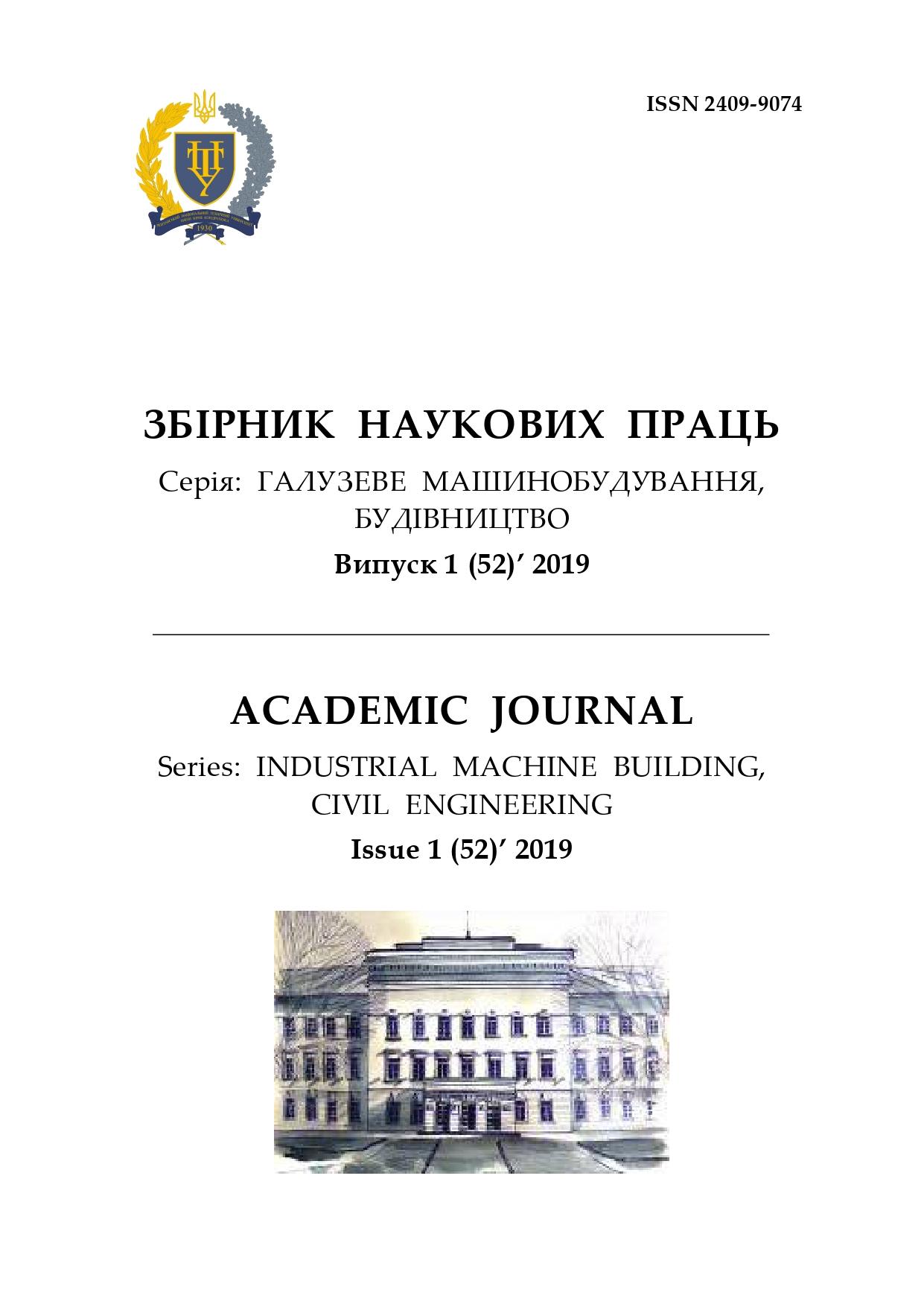Survivability and failure risks of steel frame structures: conceptual framework
DOI:
https://doi.org/10.26906/znp.2019.52.1682Keywords:
survivability, destruction, redundancy, risk, damageAbstract
The article considers the concept of "survivability" of steel frame structures and defines its features. In the design of steel
frames there is a need to reserve the main load-bearing structures to prevent progressive destruction. With the possible destruction
of any individual element, the entire object or its most critical part must remain operational. The degree of damage
to the system in case of failure of an individual element is determined. The main prerequisites for prevention of destruction in
emergency situations, in particular, the calculation of the increase in carrying capacity. The approaches to determining the
risks of failure and strengthening of steel frame elements are considered.
References
DBN V.1.2-14:2018. (2018). System to ensure the
reliability and safety of construction sites. General
principles for ensuring the reliability and structural
safety of buildings and structures. Kiev: Ministry of
Regional Development of Ukraine, Ukrarhbudinform.
DBN V. 2.2-24:2009. (2009). Design of high-rise
residential and public buildings. Kiev: Ministry of
Regional Development of Ukraine, Ukrarhbudinform.
Avin, S., Wintle, C.B., Weitzdörfer, J., ÓhÉigeartaigh,
S.S., Sutherland, W.J. & Rees, M.J. (2018). Classifying
global catastrophic risks. Futures, 102, 20-26.
https://doi.org/10.1016/j.futures.2018.02.001
Yaghlanea, A.B. & Azaiezb, M.N. (2017). Systems under
attack-survivability rather than reliability: Concept, results,
and applications. European Journal of Operational Research,
, 3, 1156-1164.
https://doi.org/10.1016/j.ejor.2016.09.041
Adama, J.M., Parisib, F., Sagasetac, J. & Lud, X.
(2018). Research and practice on progressive collapse and
robustness of building structures in the 21st century.
Engineering Structures, 173, 122-149.
https://doi.org/10.1016/j.engstruct.2018.06.082
Pushpalala, D. & Ogatab, K. (2014). The Role of Buildings
in Disaster Risk Reduction: Focusing on the Great East
Japan Earthquake. Procedia Economics and Finance, 18,
-488.
https://doi.org/10.1016/S2212-5671(14)00966-6
Liew, J.Y.R. (2008). Survivability of steel frame structures
subject to blast and fire. Journal of Constructional
Steel Research, 64, 7-8, 854-866.
https://doi.org/10.1016/j.jcsr.2007.12.013
Rezvani, F.H., Yousefi, A.M. & Ronagh, H.R. (2015).
Effect of span length on progressive collapse behaviour of
steel moment resisting frames. Structures, 3, 81-89.
https://doi.org/10.1016/j.istruc.2015.03.004
Melani, A., Khare, R.K., Dhakal, R.P. & Mander, J.B.
(2016). Seismic risk assessment of low rise RC frame structure.
Structures, 5, 13-22.
https://doi.org/10.1016/j.istruc.2015.07.003
Corte, G.D., Landolfo, R. & Mazzolani, F.M. (2003).
Post-earthquake fire resistance of moment resisting steel
frames. Fire Safety Journal, 38, 7, 593-612.
https://doi.org/10.1016/S0379-7112(03)00047-X
Sun R., Burgess I.W., Huang Z. & Dong G. (2015).
Progressive failure modelling and ductility demand of steel
beam-to-column connections in fire. Engineering Structures,
, 66-78.
https://doi.org/10.1016/j.engstruct.2015.01.053
Forni, D., Chiaia, B. & Cadoni, E. (2017). Blast effects
on steel columns under fire conditions. Journal of Constructional
Steel Research, 136, 1-10.
https://doi.org/10.1016/j.jcsr.2017.04.012
Li, H., Cai, X., Zhang, L., Zhang, B., & Wang, W.
Progressive collapse of steel moment-resisting frame subjected
to loss of interior column: Experimental tests.
Engineering Structures, 150, 203-220.
https://doi.org/10.1016/j.engstruct.2017.07.051
Pugsley, A. & Saunders, O. (1968) Report of the Inquiry
into the Collapse of Flats at Ronan Point, Caning
Town. London: MSO.
Marchand, K.A. & Alfawakhive, F. (2005). Blast and
Progressive Collapse. USA: AISC.
Kudishin, Y. I. & Drobot, D. Y. (2009). The
survivability of building structures is an important factor in
reducing losses in an emergency. Metal structures, 1(15),
-71.
Nazarov, Yu.P., Gorodetsky, A.S. & Nazarov, Yu.P.,
Simbirkin, VN (2009). To the problem of ensuring the
survivability of building structures during emergency
influences. Construction mechanics and construction
calculation, 4, 5-9.
Gorodetsky, A.S., Batrak, L.G., Gorodetsky, D.A.,
Laznyuk, M.V. & Yusipenko, S.V. (2004). Calculation
and design of structures of high-rise buildings of
monolithic reinforced concrete (problems, experience,
possible solutions and recommendations, computer
models, information technologies). Kiev: Fact.
Downloads
Published
How to Cite
Issue
Section
Published 2019-07-05




